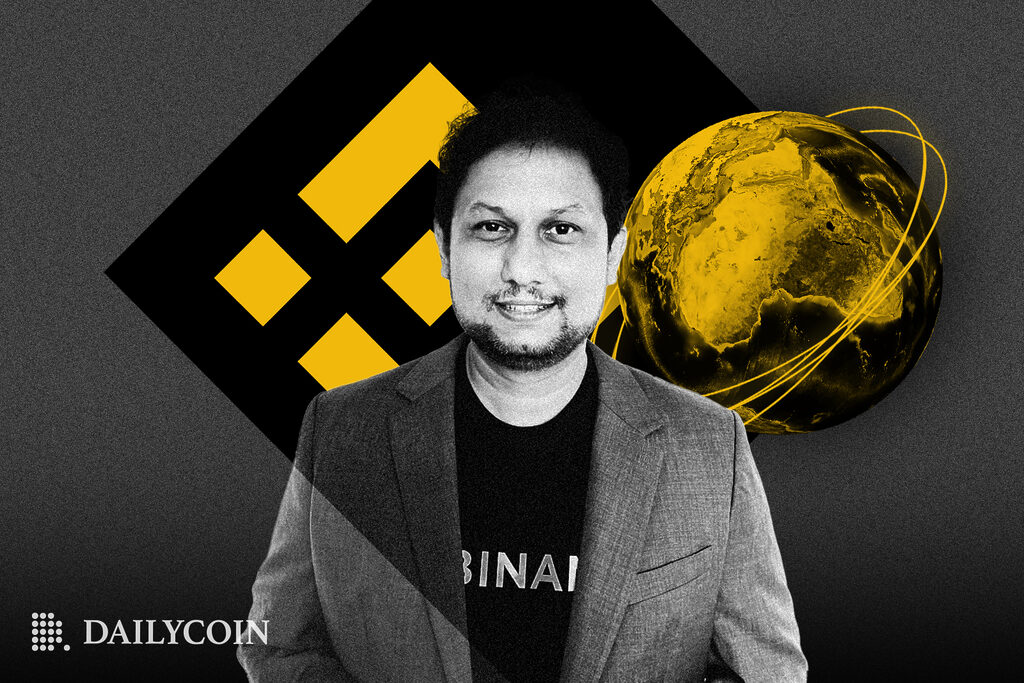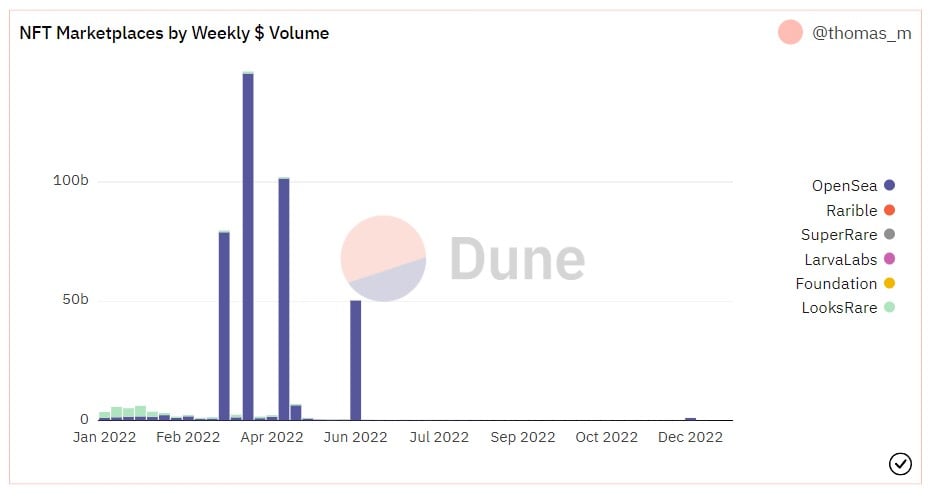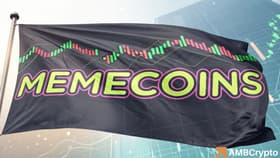When asked about Binance’s plans to launch its own metaverse, the Head of Product did not provide a direct answer. The exchange sees itself as a “platform provider,” he revealed instead.
“Binance already provides some of the core infrastructure to enable metaverse scenarios. Binance Labs has also made few investments in this area. We see ourselves as the platform provider here,” Kamat said.
Nearly a year ago, Binance NFT, the centralized gaming platform, reported the partnerships with more than 30 gaming and venture capital funds, as well as with Binance Labs and BNB Chain fund “as part of our commitment to building the Gaming Metaverse.”
According to Kamat, the main goal of the exchange is to provide a platform for Web3 developers and let them “build the magic.”
“BNB Chain, Binance Identity, SBTs, Oracle – the key pieces to build great games already exist. We will make it a bit simpler this year for developers to get started on this,” he noted.
The Head of Product has not specified which technical features will be updated. He, however, confirmed that Binance would keep working on products and platforms to enable Web3 developers to build metaverse applications in 2023.
Binance NFT gaming platform enabled an NFT minting option for its verified users at the end of last summer.
According to an official blog post, 100k newly minted NFTs (approximately 25k NFTs per month) have been created since then, generating an average of 10 million USDT in trading volume each month.
The broader NFT market witnessed a significant drop in trading volume, reflecting the general negative sentiment of broader financial markets.
OpenSea, the popular NFT marketplace, suffered the most, losing over 99% of its volume, which dropped from $145.4B in March to $1.06B in December of 2022, according to the data of blockchain analysis firm Dune Analytics.









